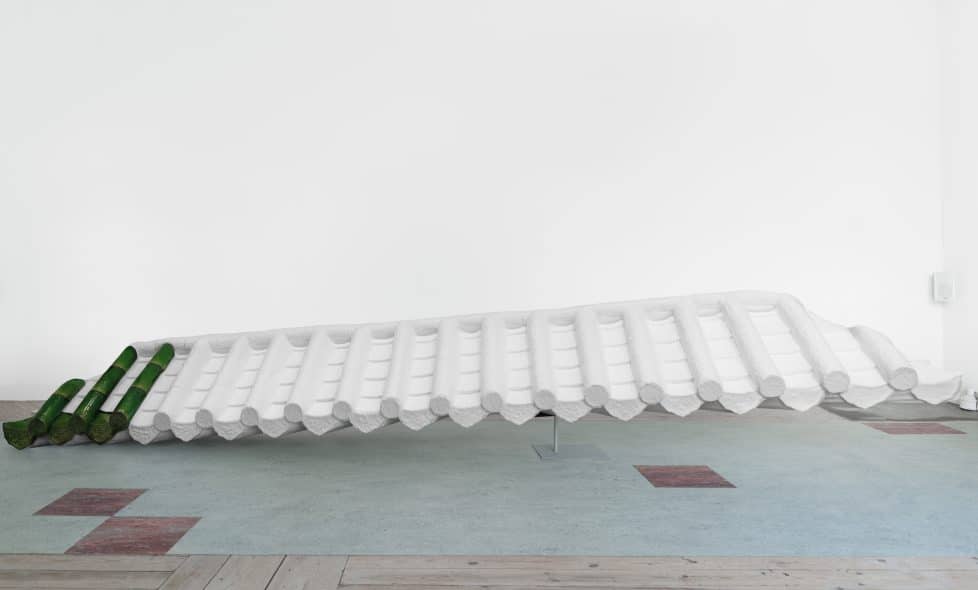Beyond Imperial Aesthetics was released just as Hong Kong was in the midst of a major crisis. This edited volume by two Asian American scholars, Mayumo Inoue and Steve Choe, explores aesthetics in Eastern Asia and the theory boundaries between Asia and Europe. It covers topics like love, sexuality, and critical aesthetics, as well as the social movements that have influenced aesthetics in Eastern Asia. In addition to Choe and Inoue, the volume also includes a number of familiar names in aesthetics, such as Akir Mizuta Lippit and Shinto artist Yoshihara.
Jose de Olivares’s aesthetics
Jose de Olivares’s Imperial Aesthetics was published in two volumes in 1902. The first edition sold over four million copies, and the publisher subsequently reprinted the book in 1905. The book contains more than twelve hundred black-and-white photographs and nineteen color plates, and it also contains maps of the islands. The book includes a preface by Civil War veteran General Joseph Wheeler and an introduction by Jose de Olivares. It also contains many citations of recent con-gressional legislations, official reports, and published works.
Santayana views beauty as a form of active engagement with the world, which reflects volition and desire. The book was published two years before the Spanish-American War, so its concerns about empire and civilization were not directly relevant. However, it is important to note that the book reflects the perspectives of individuals, not the imperial hegemony of the United States.
In the early modern period, visual representations played a central role in imperial aesthetics. Mirzoeff conceived visuality as a “complex,” and the visual was a product of this intersection of information and imagination. Moreover, visuality is not merely a visual culture; it is also a discourse, in the Foucauldian sense, that generates material effects. As a result, civilization was contrasted with its primitive counterpart, and this contrast was often gendered.
Santayana also endorsed US imperial ventures. His poem Young Sammy’s First Wild Oats was written in support of McKinley’s reelection campaign. It urged male readers to be lenient and support McKinley. This poem was influenced by the politics of the United States, and is considered a prime example of imperial aesthetics.
In addition to its political agenda, Chang-Min Yu’s Imperial Aesthetics examines the relationship between France and Asia. The two countries share a common heritage, but their cultural practices have been linked in an uneasy relationship. While Japan is a major interlocutor for France, the relationship with Taiwan and Hong Kong has also been important. In this context, Hong Kong’s New Waves are a key topic in the contemporary field of Asian Studies.
In addition to a common language, imperial aesthetics is also intertwined with photography. The early 1900s saw the rise of commercial photography. Official photographers gathered information on new imperial possessions, and travelogue books often contained photographs of the new territory. In this way, both aesthetics and imperio had the same purpose: to illustrate empire and its power.
Qianlong, who ruled China for six decades from 1736 to 1795, was a patron of the arts. He admired art and culture and was dedicated to the promotion of culture. Aesthetic culture was essential to the Qing dynasty’s growth and success.

